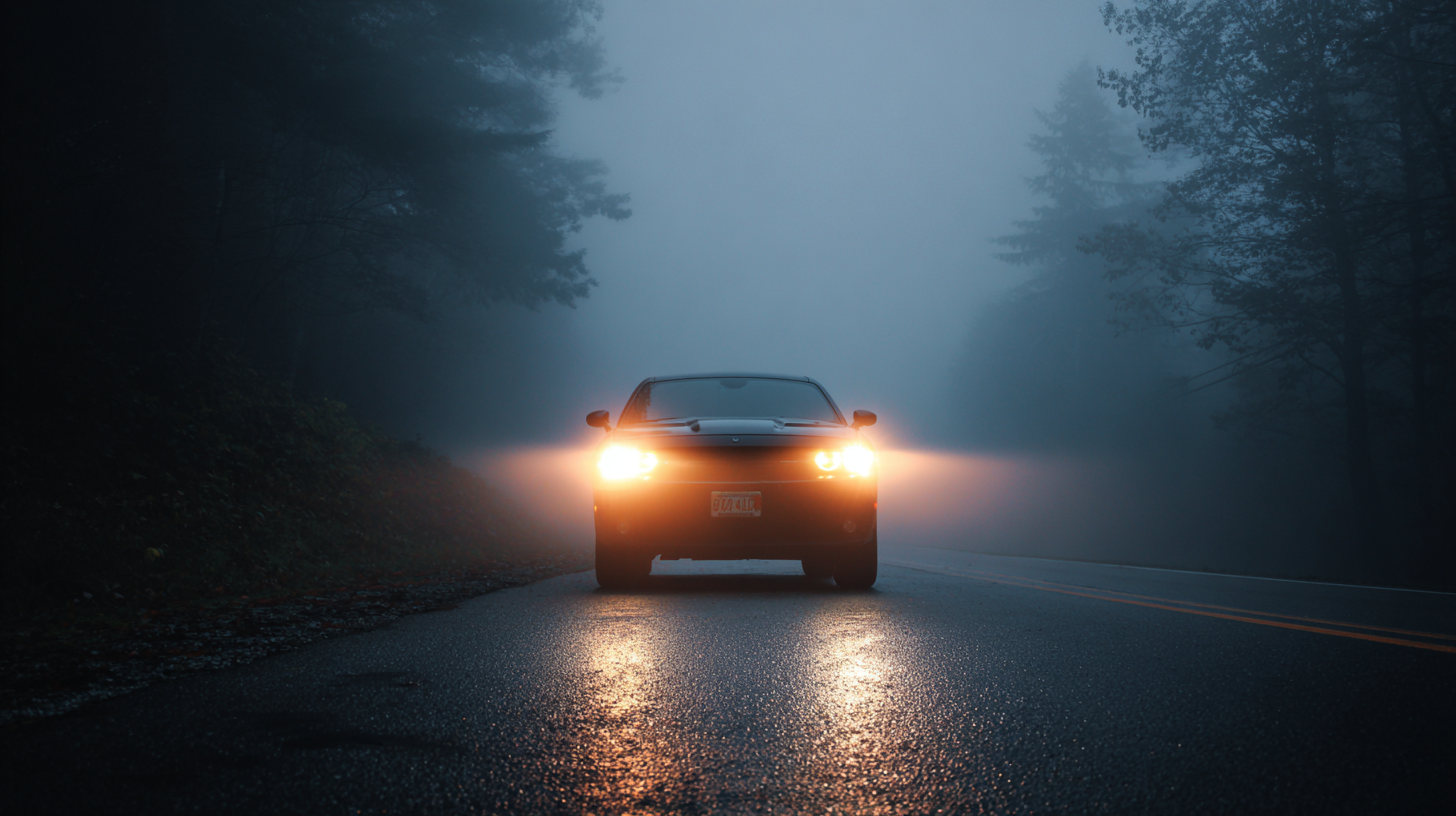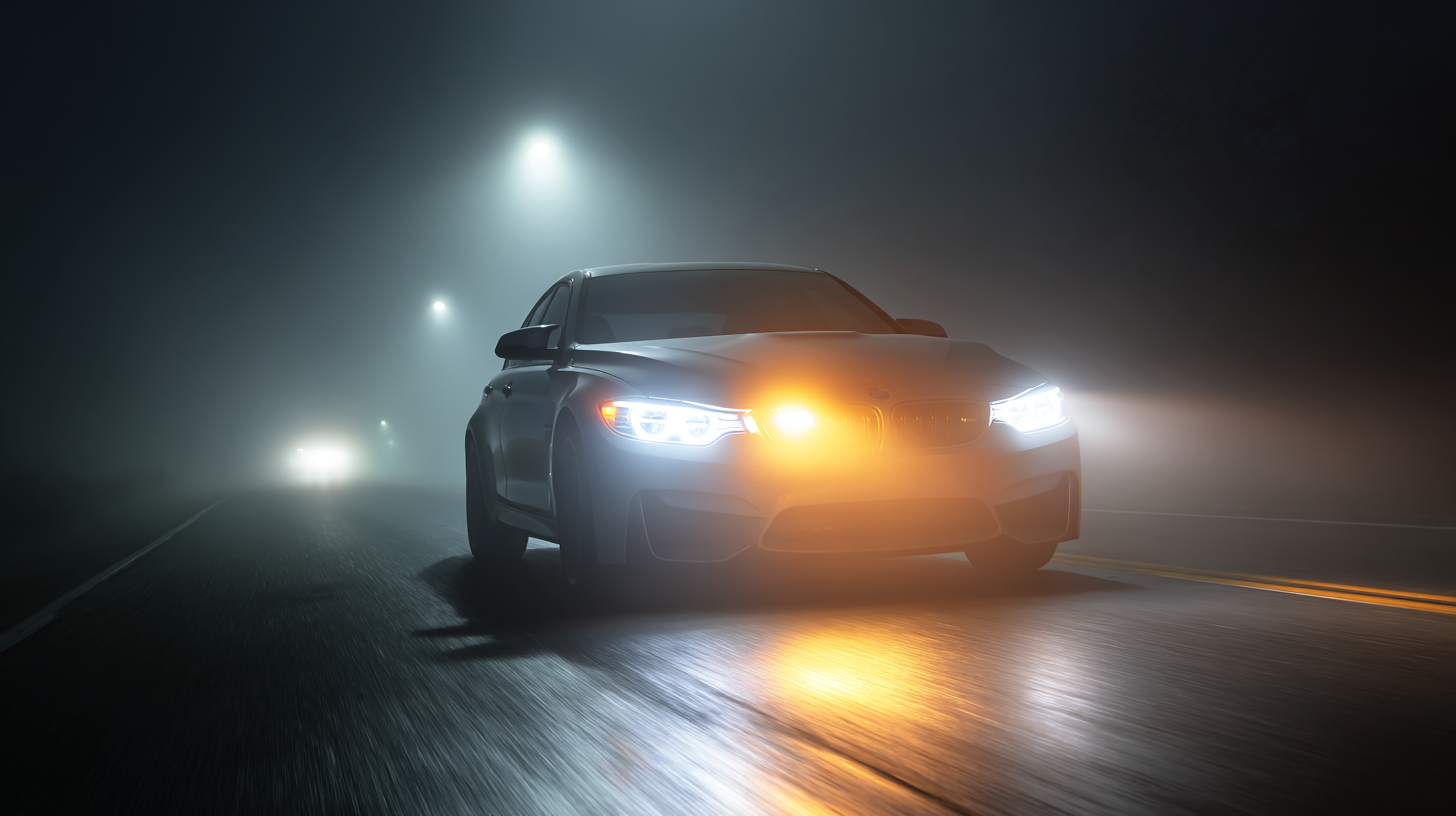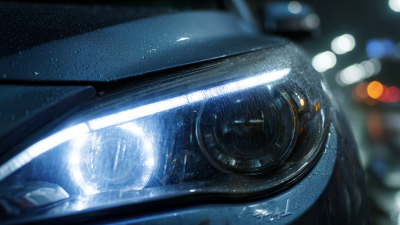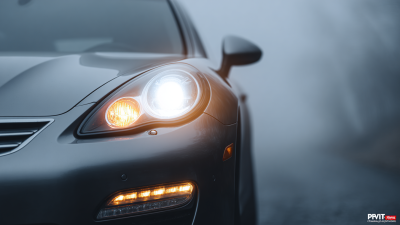When it comes to enhancing vehicle safety and visibility during adverse weather conditions,
fog lights play a crucial role. According to the National Highway Traffic Safety Administration (NHTSA),
over 20% of all accidents occur in low visibility conditions, emphasizing the importance of effective lighting.
Fog lights are specifically designed to illuminate the road immediately in front of a vehicle without causing glare for oncoming drivers.
 With numerous options available on the market, selecting the best fog lights can be challenging. The right choice can significantly improve your driving experience and ensure a safer journey.
Understanding the essential features, including beam pattern, lens material, and light output, can aid vehicle owners in making informed decisions.
This guide will help you navigate the complexities of fog light selection, ensuring you choose the most effective lighting solution for your needs.
With numerous options available on the market, selecting the best fog lights can be challenging. The right choice can significantly improve your driving experience and ensure a safer journey.
Understanding the essential features, including beam pattern, lens material, and light output, can aid vehicle owners in making informed decisions.
This guide will help you navigate the complexities of fog light selection, ensuring you choose the most effective lighting solution for your needs.
Fog lights play a critical role in enhancing visibility during adverse weather conditions such as fog, heavy rain, and snow. According to industry research, the effectiveness of fog lights, particularly LED variations, has gained significant attention due to their ability to project a broader beam of light that cuts through low-visibility scenarios. This capability is essential for truck owners and drivers navigating through challenging environments, as traditional headlights often reflect off the fog, impairing vision. Studies show that vehicles equipped with fog lights can significantly reduce accident rates in foggy conditions, highlighting their importance as a safety feature.
Moreover, driving in fog can be particularly treacherous, as evidenced by recent reports across various regions outlining the dangers of reduced visibility. For instance, dense fog conditions in southern Brazil and areas in the UAE have prompted authorities to issue warnings for road users to exercise caution. The challenges of such weather highlight the necessity of not only having high-quality fog lights but also understanding how to use them properly. In regions where fog is prevalent, adhering to regulations regarding fog light usage can prevent unnecessary fines and enhance overall road safety.
When choosing fog lights for your vehicle, it’s crucial to understand the different types available: Halogen, LED, and HID. Halogen fog lights have been a popular choice for many years due to their affordability and availability. They produce a warm yellow light that can effectively penetrate fog and rain. However, they have a shorter lifespan compared to their counterparts and may consume more energy, leading to heat generation that can affect their performance over time.
On the other hand, LED fog lights are gaining traction due to their energy efficiency and longevity. They emit a bright, white light that enhances visibility, making them suitable for various weather conditions. Additionally, LED lights have a lower heat output, which contributes to their lifespan and overall safety. HID fog lights, or High-Intensity Discharge lights, are another powerful option. They provide intense brightness and a longer range, making them highly effective for extreme weather conditions. However, their installation can be more complex and costly. Understanding these differences will help you make an informed decision when selecting the best fog lights for your vehicle.
| Type of Fog Light | Brightness (Lumens) | Lifespan (Hours) | Energy Consumption (Watts) | Price Range |
|---|---|---|---|---|
| Halogen | 700 - 1500 | 500 - 1000 | 55 | $20 - $60 |
| LED | 2000 - 3000 | 25000 - 50000 | 20 | $30 - $120 |
| HID (High-Intensity Discharge) | 3000 - 4000 | 2000 - 4000 | 35 | $50 - $200 |
When selecting fog lights for your vehicle, it’s essential to consider several key features to ensure optimal performance and functionality. First, evaluate the type of light bulb used in the fog lights. Halogen bulbs provide a warm yellow light that excels in fog, but LED and HID options offer brighter illumination and longer lifespans, improving visibility in various weather conditions. Additionally, check the beam pattern; fog lights should create a wide, low beam that illuminates the road immediately in front of the vehicle without blinding oncoming traffic.
Another important aspect is the durability and build quality of the fog lights. Look for models that are weatherproof and resistant to impacts, as fog lights are often exposed to harsh conditions. The material of the housing can also affect their longevity; high-quality plastics or aluminum are preferred. Lastly, compatibility with your vehicle is crucial, so ensure that the fog lights fit your make and model without requiring extensive modifications. By focusing on these features, you can choose fog lights that enhance your driving experience in low visibility scenarios.

When upgrading your vehicle's fog lights, proper installation is crucial for optimal performance and safety. Start by understanding the type of fog lights that best suit your vehicle; options include halogen, LED, and HID lights. According to a 2022 survey by the Automotive Lighting Association, LED fog lights are becoming increasingly popular for their energy efficiency and longer lifespans, offering up to 30,000 hours of illumination compared to traditional halogen bulbs, which typically last about 1,000 hours.
Before installation, ensure you have the right tools: a screwdriver, socket wrench, and wire connectors. Disconnect the battery to prevent any electrical mishaps, and refer to your vehicle’s manual for specific instructions on fog light removal and replacement. It’s recommended to check the alignment of the new fog lights after installation. Misaligned lights can impair visibility and cause glare for other drivers, which can be especially dangerous during foggy conditions.
Lastly, remember to conduct a power check after installation. Turn on your new fog lights and ensure they function properly. If you face issues, double-check your wiring and connections. According to a report by the National Highway Traffic Safety Administration, properly functioning fog lights can reduce accident rates in low-visibility conditions by up to 20%. Ensuring their correct installation and maintenance is vital for both your safety and that of others on the road.
When selecting fog lights for your vehicle, it is essential to consider the safety regulations and standards that govern their usage. Different regions have specific laws regarding fog light brightness, color, and installation to ensure that they do not cause glare or distract other drivers. In the United States, for example, fog lights must emit a yellow or white light and should be mounted no higher than 24 inches from the ground.
When you install them, it's crucial to align the lights correctly to avoid shining them directly into oncoming traffic, which could create dangerous driving conditions.
Furthermore, understanding certification marks can guide you in choosing fog lights that comply with safety standards. Look for products that have been approved by regulatory bodies such as the Department of Transportation (DOT) or the Society of Automotive Engineers (SAE). These certifications indicate that the fog lights meet specific performance criteria, ensuring they provide the necessary illumination in low-visibility conditions without endangering other road users. Ultimately, adhering to these safety regulations not only enhances your visibility in foggy conditions but also contributes to more informed and responsible driving practices.







